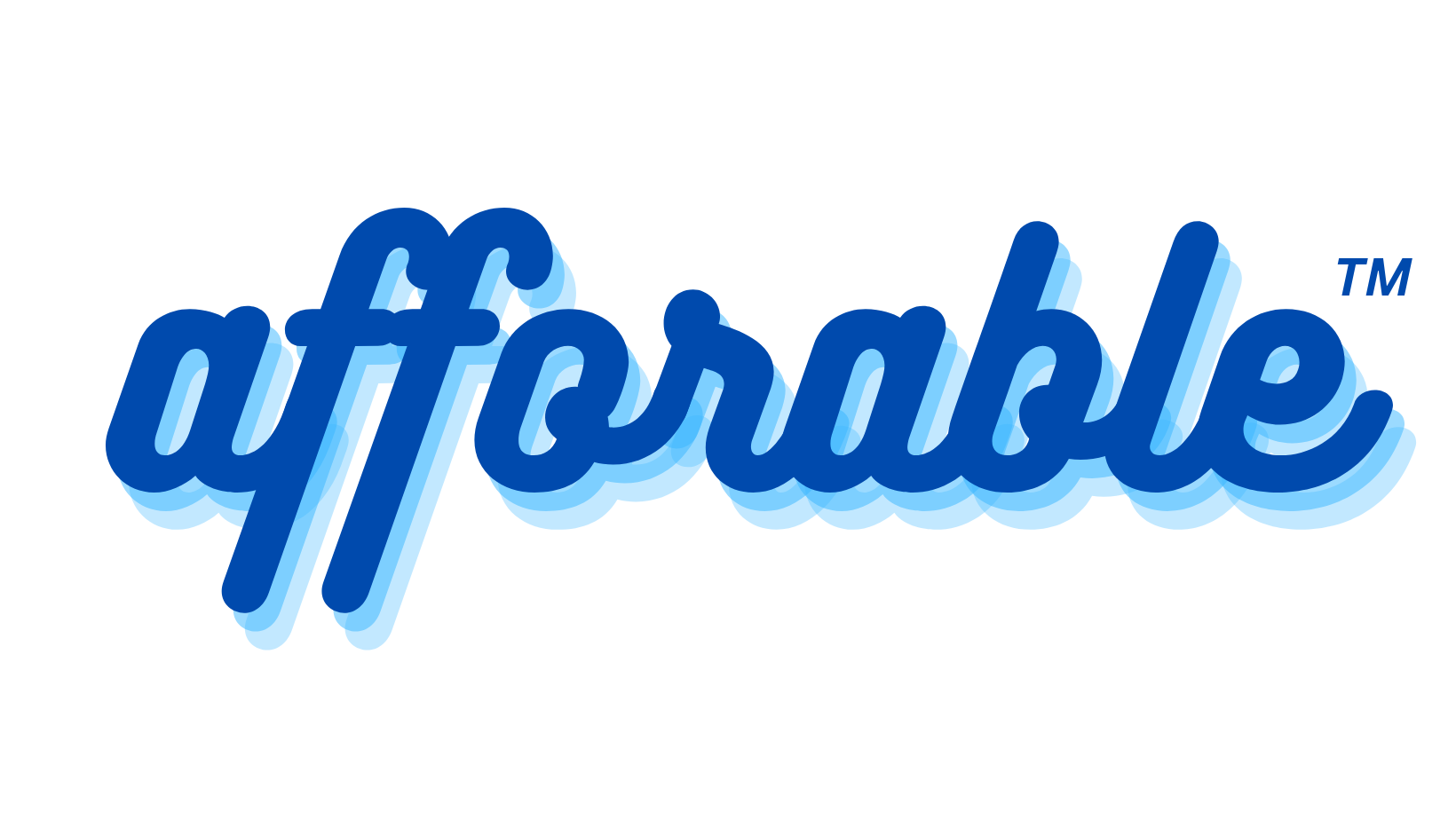Health insurance and life insurance are two critical forms of financial protection, each serving distinct purposes in an individual’s financial portfolio. In this article, we will unravel the differences between health insurance and life insurance, shedding light on their unique functions and how they play a vital role in safeguarding your well-being and the financial security of your loved ones.
Health Insurance: Safeguarding Your Health and Well-Being
- Purpose: Health insurance is designed to provide coverage for medical expenses and healthcare services. It helps you manage the costs associated with medical treatments, doctor’s visits, hospital stays, prescription drugs, and preventive care.
- Beneficiaries: Health insurance primarily benefits the policyholder by ensuring access to necessary healthcare services. It aids in covering the costs of medical treatments and related expenses when the policyholder falls ill or requires medical attention.
- Premiums: Policyholders pay regular premiums to maintain health insurance coverage. Premiums are typically calculated based on factors such as age, location, and the extent of coverage.
- Coverage: Health insurance plans offer a range of benefits, including doctor visits, hospital stays, surgical procedures, and preventive care. The coverage extends to various medical treatments and healthcare services, depending on the specific plan.
- Claim Process: To utilize health insurance, policyholders file claims when they receive medical care. The insurance company reviews and processes these claims, covering eligible medical expenses as outlined in the policy.
Life Insurance: Ensuring Financial Protection for Loved Ones
- Purpose: Life insurance serves as a financial safety net for the policyholder’s beneficiaries. In the event of the policyholder’s death, life insurance provides a lump-sum payment (the death benefit) to the designated beneficiaries.
- Beneficiaries: The primary purpose of life insurance is to financially protect the policyholder’s loved ones, such as spouse, children, or other dependents, in the event of the policyholder’s death.
- Premiums: Policyholders pay regular premiums to maintain life insurance coverage. Premiums are typically influenced by factors like the policyholder’s age, health, and the desired coverage amount.
- Coverage: Life insurance provides a death benefit, which is paid out to the beneficiaries upon the policyholder’s death. The coverage amount is chosen by the policyholder and can be used to cover expenses like funeral costs, mortgage payments, debts, or to provide ongoing financial support to dependents.
- Claim Process: In the event of the policyholder’s death, beneficiaries file a claim with the life insurance company to receive the death benefit. Once the claim is processed, the beneficiaries receive the payout.
Conclusion
Health insurance and life insurance are distinct in their purposes and functions. Health insurance safeguards your well-being by covering medical expenses and healthcare services, while life insurance provides financial security to your loved ones in the event of your death. Both forms of insurance play vital roles in protecting your financial interests and ensuring peace of mind, each serving specific needs and addressing different aspects of your financial security.

